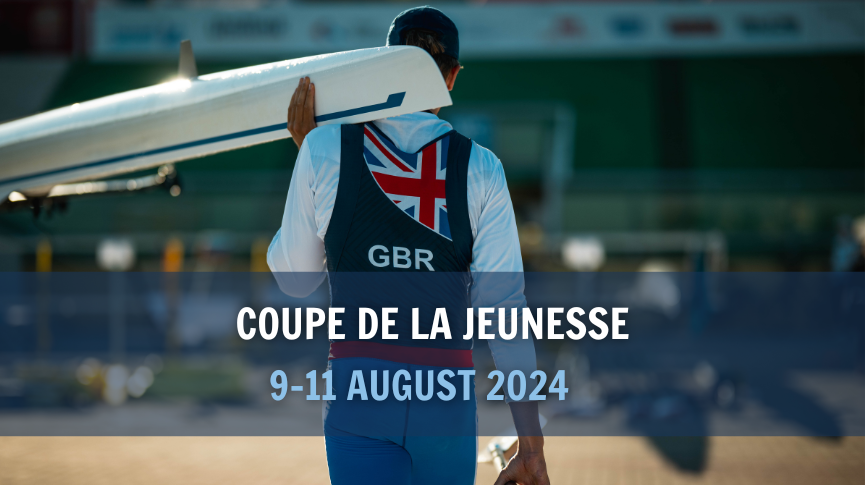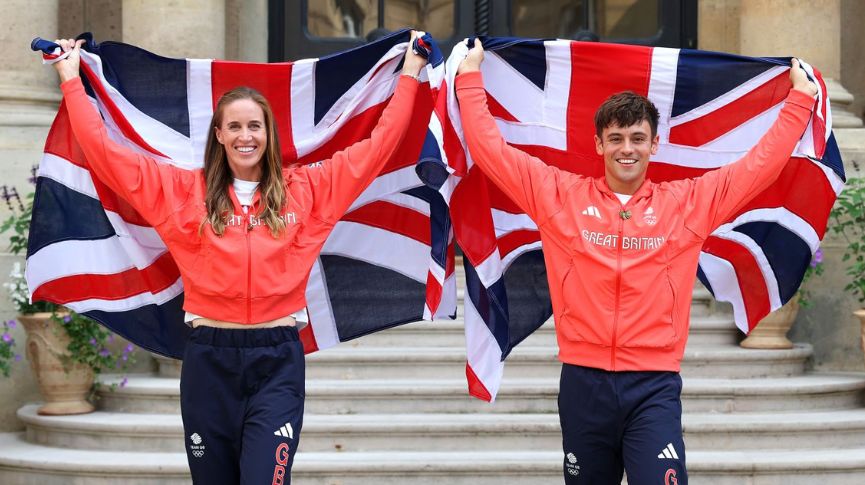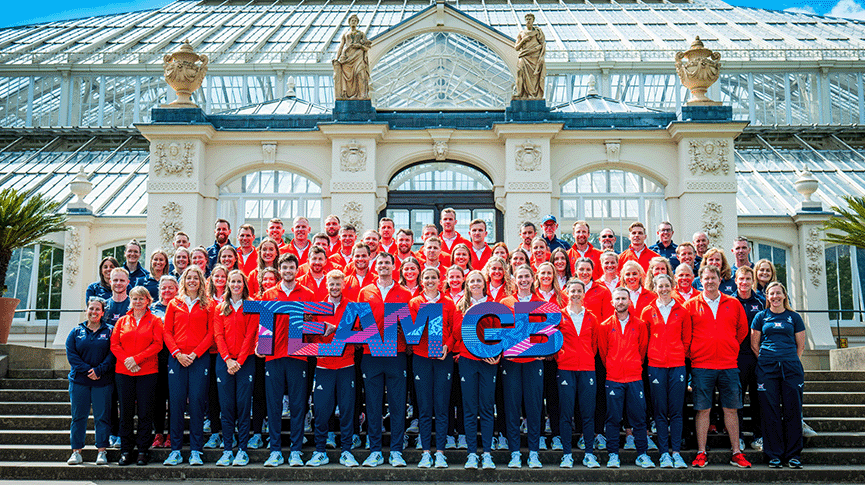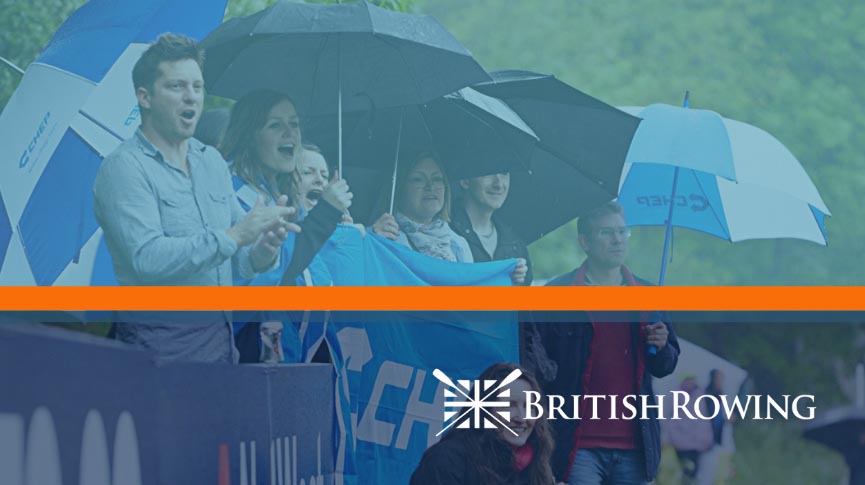Rowing hand care: blister tips
Blisters are the scourge of indoor and on-water rowers – so what can you do about them? British Rowing Course Manager Persephone Wynn shares advice
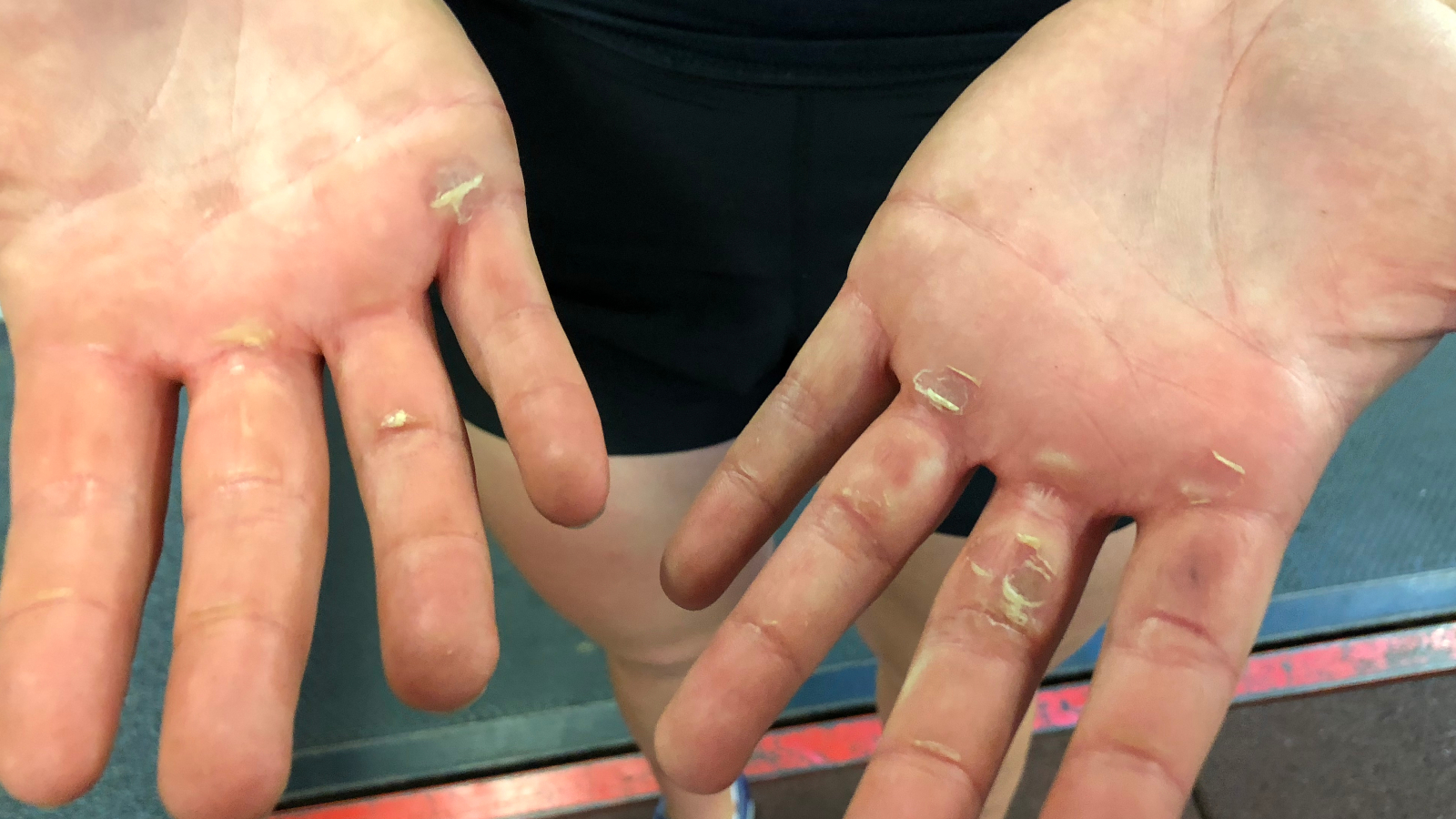
As we know, blisters can happen during outings on the water, in the gym, and on the rowing machine.
The older warriors at your club will each have their favourite blister prevention tips and remedies. To some, having rough, scarred hands is a badge of honour. However, blisters can be extremely painful, can cause you to have bad technique when rowing with them and can also get infected very easily.
Avoid getting blisters if possible. Keep your hands clean, wash with soap and water and use hand cream to keep your skin supple as this will help prevent chapping and dry skin. Keeping yourself generally healthy and well hydrated will also help.
Why do they happen?
Blisters on your hands happen due to the constant friction between your hand and the oar handle – either from high mileage or from gripping too hard.
Gripping too hard is a technical fault – learn to have a loose grip as this will improve your rowing/sculling in many ways and will help to prevent other injuries such as tenosynovitis. Think of a hook not a grip.
Blisters can also occur on your buttocks – again due to friction between your buttocks and the seat, especially when wet. Use a seat pad or a folded towel if you are prone to these. Double layers on rowing shorts helps to prevent these as well.
The basic rule is to keep blisters dry and covered, particularly during the day
What about wearing gloves?
Some people wear gloves – this is a personal choice and can be essential if you work in healthcare and allied professions where having blistered and calloused skin is generally frowned upon. Gloves are also useful if your hands get very sweaty and cause the friction that way.
There are specialist rowing gloves available or you can use gym/lifting gloves.
Keep your gloves clean and try to keep your hands dry. Try to keep your kit dry.
If you have very sweaty hands, consider wearing gloves and using a towel in the gym to keep your hands clean. Keep your gloves clean too.
How to burst a blister
The basic rule is to keep blisters dry and covered, particularly during the day. If you decide you need to burst your blister -if this has not already happened during the outing – then this is how to do it.
- Wash your hands and the blister with warm water and soap.
- Wipe the blister and the area around it with an antiseptic liquid or cream. NOT surgical spirit or meths.
- Sterilise a clean, sharp needle by wiping it with the antiseptic. Gently puncture the blister around the edge in a few spots.
- Gently press down on the blister and let the fluid drain out. Do NOT remove the skin over the blister.
- Apply antiseptic ointment over the area and cover with gauze or a bandage. Keep it dry.
- After a few days, cut away the dead skin using sterilised (dipped in antiseptic liquid) scissors and tweezers
- Reapply antiseptic ointment and protect the area with a bandage or gauze when you return to rowing.
- If you notice redness, pus, warm or inflamed skin, or the pain increases seek medical help immediately, as all of these could be signs of serious infection.
If your blister bursts during an outing, please ensure that you scrub the oar handles well to remove the blood and fluid and help prevent bacterial infection for others using the equipment.
Stay healthy, stay happy webinar
Persephone Wynn gave a webinar covering blisters and other potential dangers around hygiene. You can watch it again here > >>



